Here we are in the middle of February, with skies of grey and more snow in the forecast. Fatigue from lack of warmth and reduced daylight hours is only natural. So what’s a northerner to do? Here at SuperOptimist headquarters, in addition to a hearty mug of hot cocoa, we find there’s nothing like a short winter’s nap to reinvigorate the senses. (Unless, of course, it’s a long winter’s nap. Both rate high in our book.)
That’s why we’re pleased to report that the nation’s military leaders are also proponents of sleeping on the job. According to the recently issued Army Field Manual, the armed forces have officially embraced an afternoon snooze for sleep-deprived soldiers.
“When regular nighttime sleep is not possible due to mission requirements, soldiers can use short, infrequent naps to restore wakefulness and promote performance,” according to the manual. “When routinely available sleep time is difficult to predict, soldiers might take the longest nap possible as frequently as time is available.”
Like civilians, soldiers cannot be trained to perform better on less sleep. That’s where officially authorized naps fit in. A stage 2 power nap, encompassing 15 to 20 minutes of snooze time, helps reset the system and produces a burst of alertness and increased motor performance. The slow-wave nap lasting 30 to 60 minutes is good for decision-making skills, such as memorizing vocabulary or recalling directions. Going for 60 to 90 minutes of napping, complete with REM activity, plays a role in solving creative problems.
Then there’s the hypnagogic. The Greek philosopher Aristotle believed that true inspiration could be found in the the state of half-wake, half-sleep when the brain slips into an impressionistic state, untethered from a rational framework. Pushing that idea farther, Albert Einstein, Thomas Edison and Salvador Dali would take micro-naps in order to stay in stage one of sleep, that taps into vivid imagery and sensation.
In Dali’s case, his naps lasted less than 1 second at a time. How is this possible? By holding a key or spoon between his fingers so when he nodded off, the clang of dropped metal would awaken him. Dali claimed that “slumber with a key” revivified both mind and body, and generated powerful visual ideas. Of course, being Salvador Dali probably helped.
Want to read more about the positivity of nap time? Here’s what the brainiacs at Harvard have to say about it. The Mayo Clinic weighs in here. And let’s not forget the wags at McSweeney’s, who uncovered this list of quotes that take naps.
*We’re writing this on President’s Day, as it’s no secret that the occupants of the White House have always taken naps behind the curtains of the oval office, from LBJ to Reagan to Clinton to…well, we assume 78-year-old Joe Biden likes his daily refresher as well.


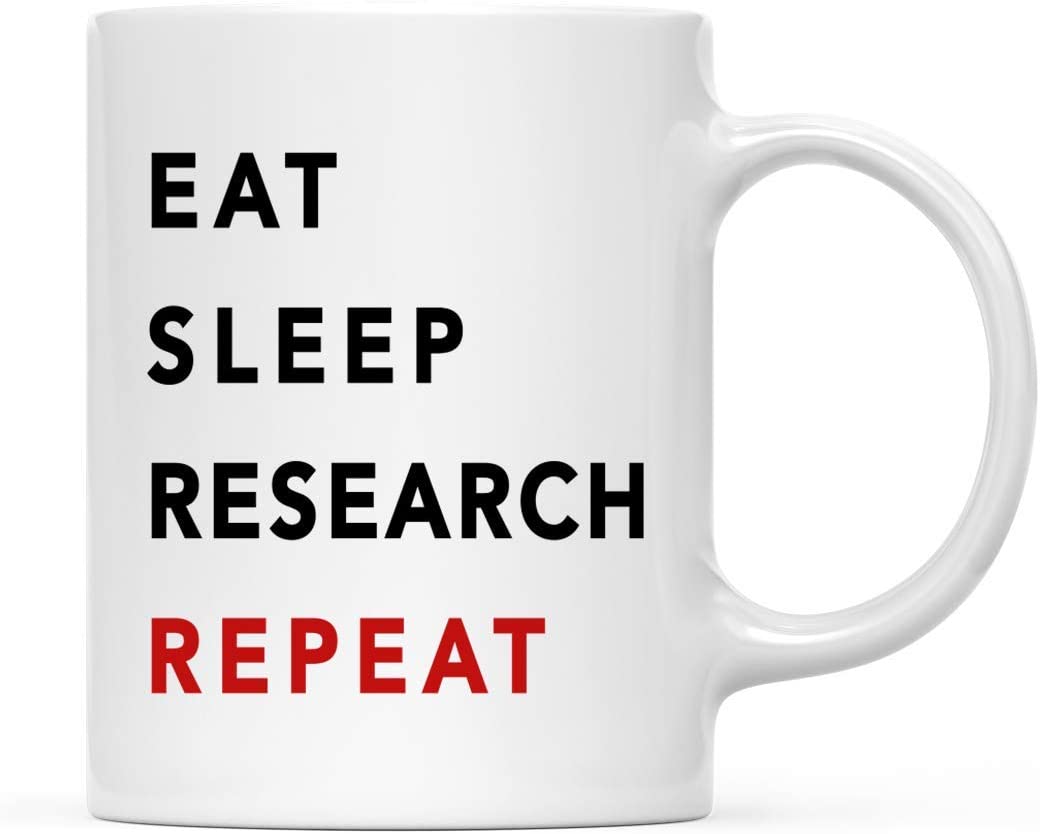
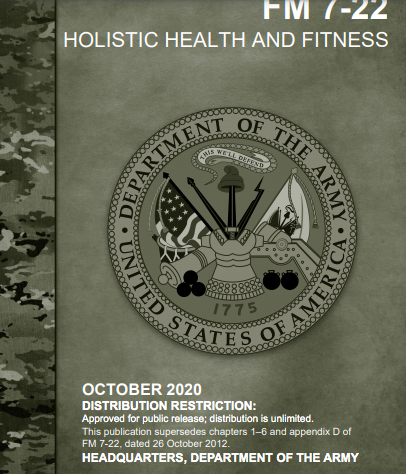
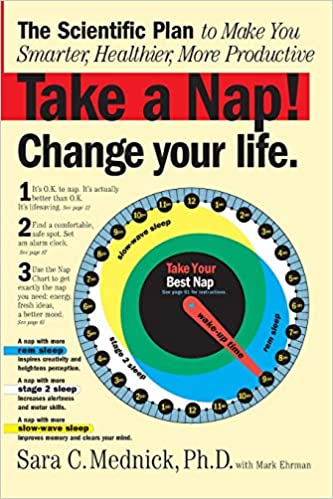

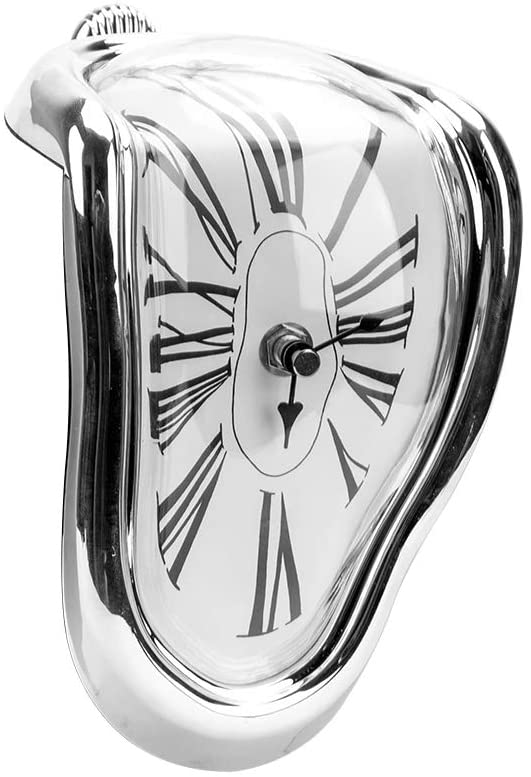
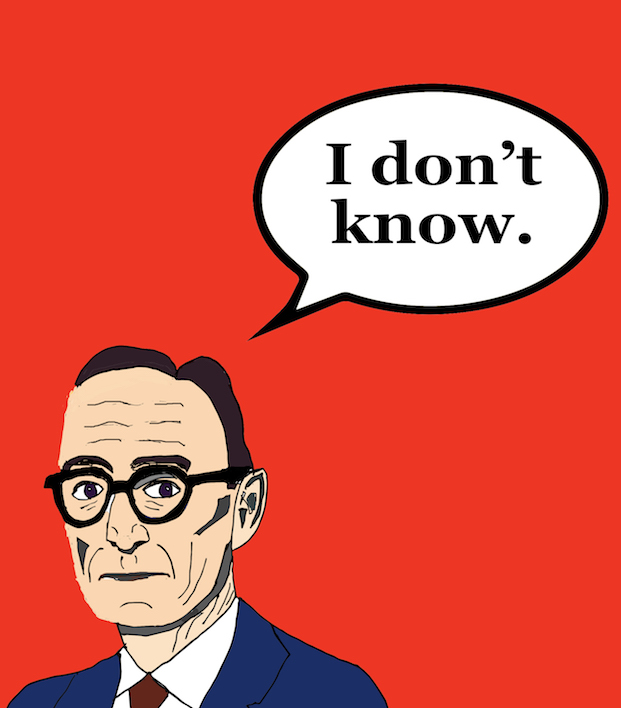
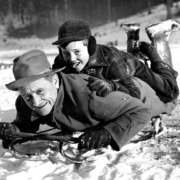
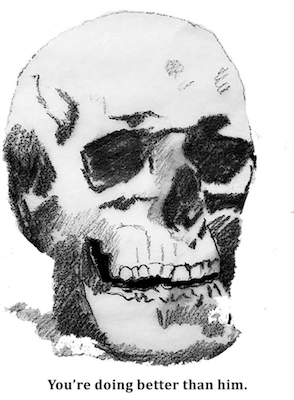
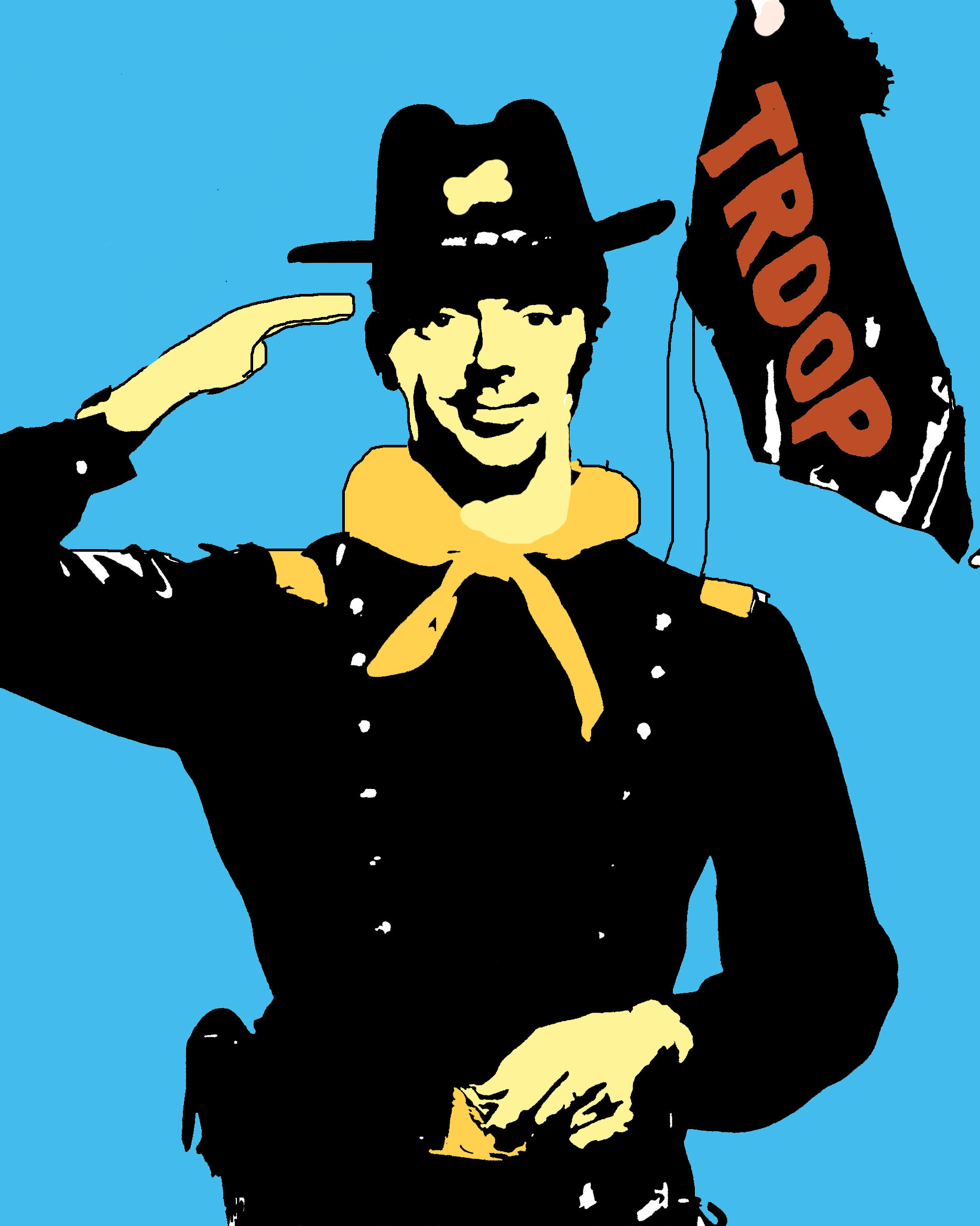

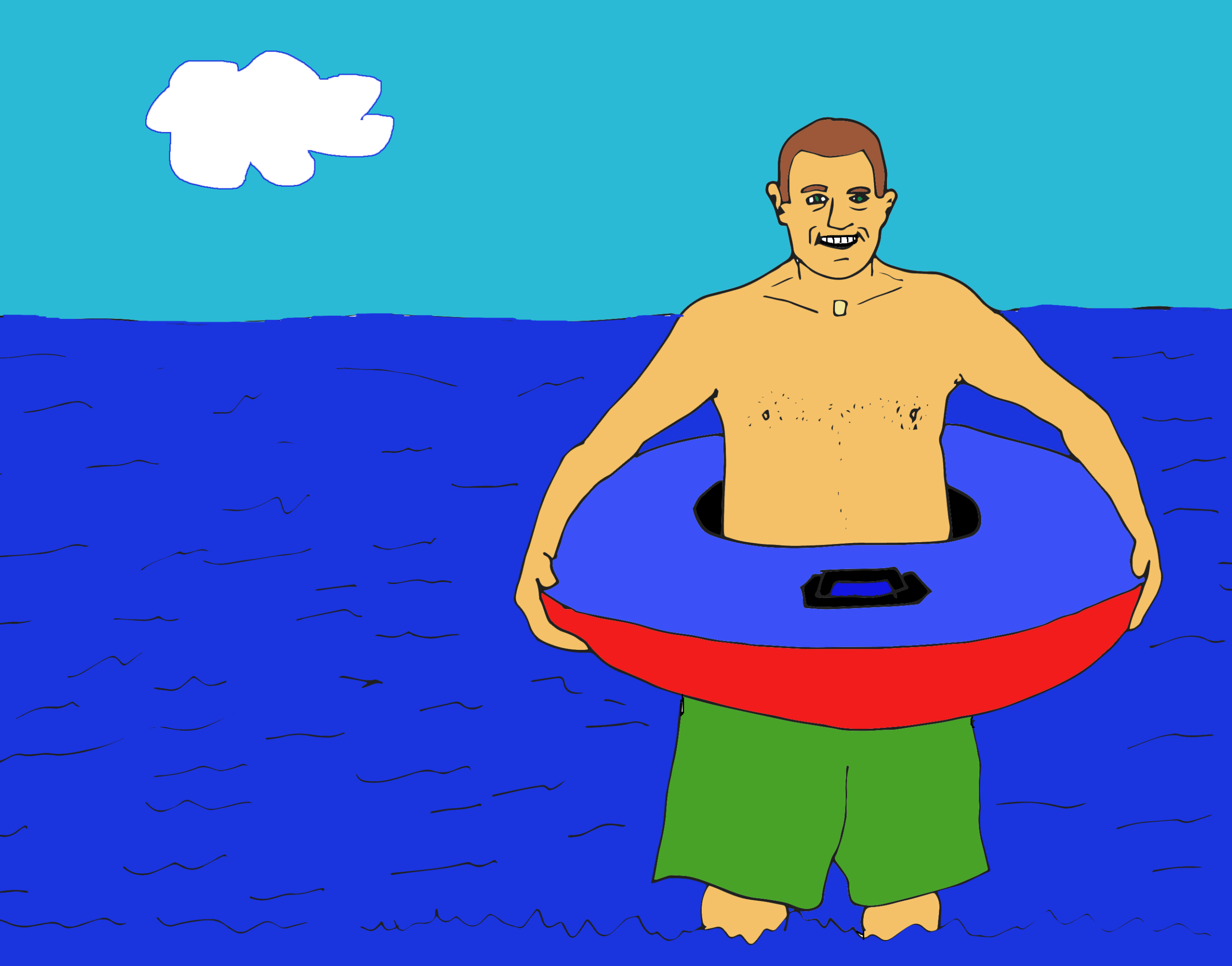

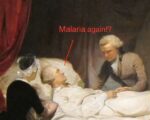
Leave a Comment
Want to join the discussion?Feel free to contribute!